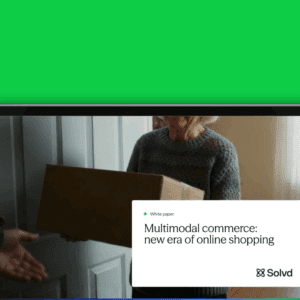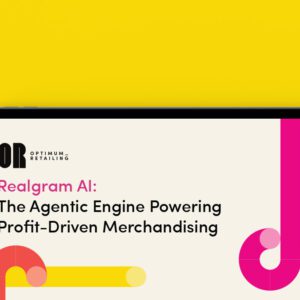By Alex Hunt, System1 Research

Many manufacturers spend more than half of all their marketing dollars on in-store POS and promotional activity. For years, marketers focused their efforts and spend on building their brands, but in recent years, the actual moment of choosing and buying a product has come under much closer scrutiny.
Faced with the challenge of online shopping, retailers have looked to understand what activates online and in-store sales and redoubled their efforts to improve the shopper experience. New technology and data have made it much easier for them to understand individual purchasing habits, the path shoppers take through stores and the time they spend making their choices. And there’s now a much greater desire to understand the psychology of the shopper. But it’s hard to understand the mindset of the consumer unless you’re in the store, shopping with them.
Marketers have known for years that shoppers make decisions very quickly, and they’re strongly influenced by the shopping environment — or in the parlance of behavioral sciences; context is king. But there’s a big difference between knowing these things and applying them. For that reason, traditionally it’s been very difficult for a marketer to predict how changes such as new packaging, shelf configuration, signage or other point-of-sale activities or interventions will impact sales.
Using even one large store for experimentation is a financial risk for any brand or retailer, so many shopper experiments tend to be very conservative: re-arranging a few items rather than trying bold new strategies. Even in an online environment, where the wide adoption of A/B testing means retailers can optimize at low cost, we’ve found companies happier to make marginal changes for marginal gains rather than test big ideas that could meaningfully boost profitable growth.
In retail, the most accurate way to predict the impact of proposed marketing activities is to ask people to go shopping and measure the difference in sales at each intervention. This can be almost impossibly difficult, expensive and impractical in a physical retailing environment, where different packs, promotions, point-of-sale material and displays have to be changed by hand, one at a time, and measured against a store with no such marketing activity, with similar sales over the exact same period. While a great deal of money is spent on in-store marketing overall, each activity is small compared with the money spent on airing an ad, so very little testing is done and companies rely on retail sales data alone to judge impact.
So how could retailers and brands cost-effectively predict the sales impact and profitability of individual shopper marketing initiatives? By taking a leaf from the world of e-Commerce and embracing the virtual. Build a Virtual Reality (VR) Environment.
The latest VR solutions are highly lifelike and it’s possible to re-create real stores and ask people to shop the aisles as if they’re doing it for real. They can even have a shopping cart in front of them and hear the ringing of the register in the background. The virtual store environment is ideal for testing shopper-marketing initiatives. You control the environment, change things easily and measure the impact of every marketing initiative at a fraction of the cost of a real-world test. No questions need to be asked, just choices measured and influence on probability calculated.
Many companies have experimented with virtual reality to test new product and shelf layouts but, until recently, the technology couldn’t create a particularly realistic store environment and the cost of creating these stores was significant. However, recent advancements in VR have vastly increased the realism and reduced the costs, making it a viable way for companies to test their ideas and improve profitability.
We did this recently as part of a pilot for Hershey’s chocolate at a virtual Walmart store. We sent 500 customers shopping to understand how the in-store display impacted virtual purchases.
In one scenario, we added large boards behind the display with the Hershey’s brand name and logo. In the other, we added large boards with images from Hershey’s emotionally rich advertising but with no brand name or logo. In keeping with our belief in the power of System1 and the emotive, we found the explicit Hershey’s name and logo boards had a negative impact on purchase of Hershey products. By contrast, boards with shots from Hershey’s advertising, which was emotionally driven and cued kids enjoying chocolate, led to an increase in purchase, even though they contained no explicit messaging or branding.
Experiments have shown a strong correlation between value spend in VR and real-world sales. While we’re in the infancy of applying VR to consumer research, we already know the possibility for insight can go even further. VR can be used to build hypotheses and generate important new questions that can be tested to move our understanding of shopper behavior forward and profitability for brands and retailers upward.
Alex Hunt is President, System1 Research. Based in New York, he has over 15 years of marketing experience and a track record helping clients grow famous brands and develop award-winning and effective communications. Hunt was a pioneer of System1’s FeelMore50™ which has for four years been a ranking of the world’s most famous, emotional and effective creative. Before joining System1 Research in January 2009, Hunt began his career at Millward Brown, working across a range of large CPG, media, financial and retail clients in both the UK and U.S. He is a regular speaker at industry events including the ARF, Jay Chiat Planning Festival, TMRE, IIEX, MRA, AMA, CRC, MRCA and CASRO as well as U.S. business schools.






